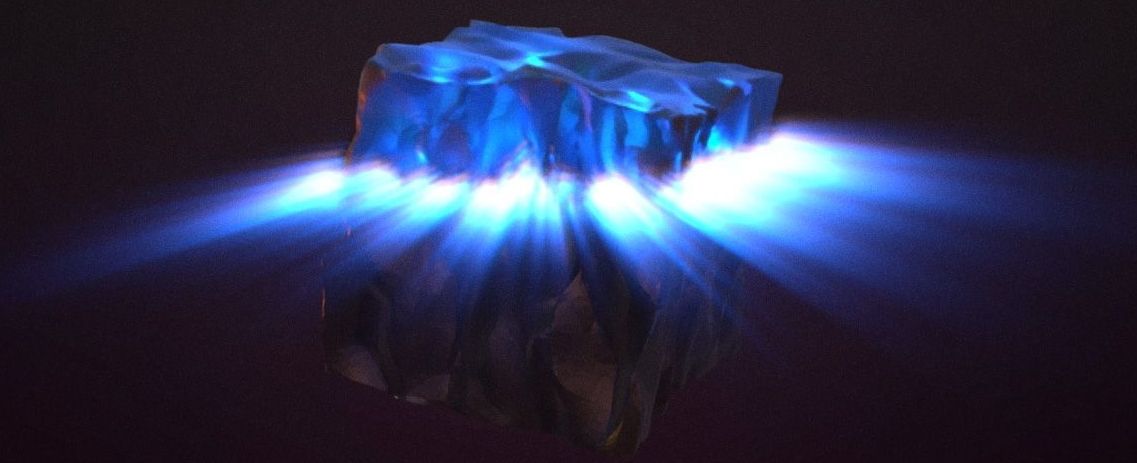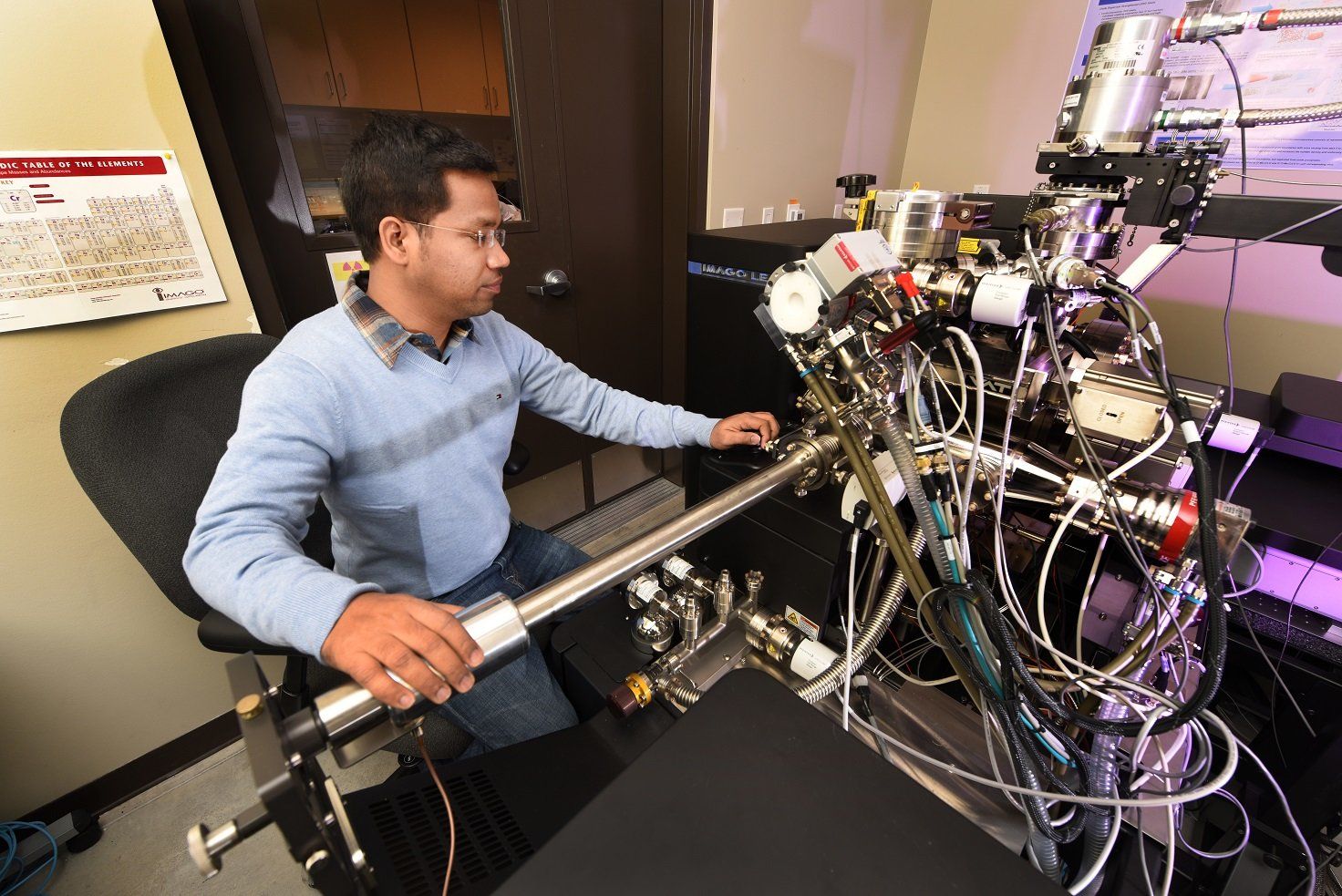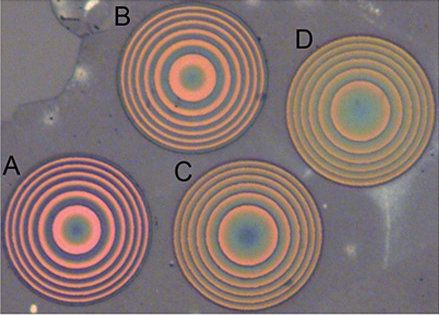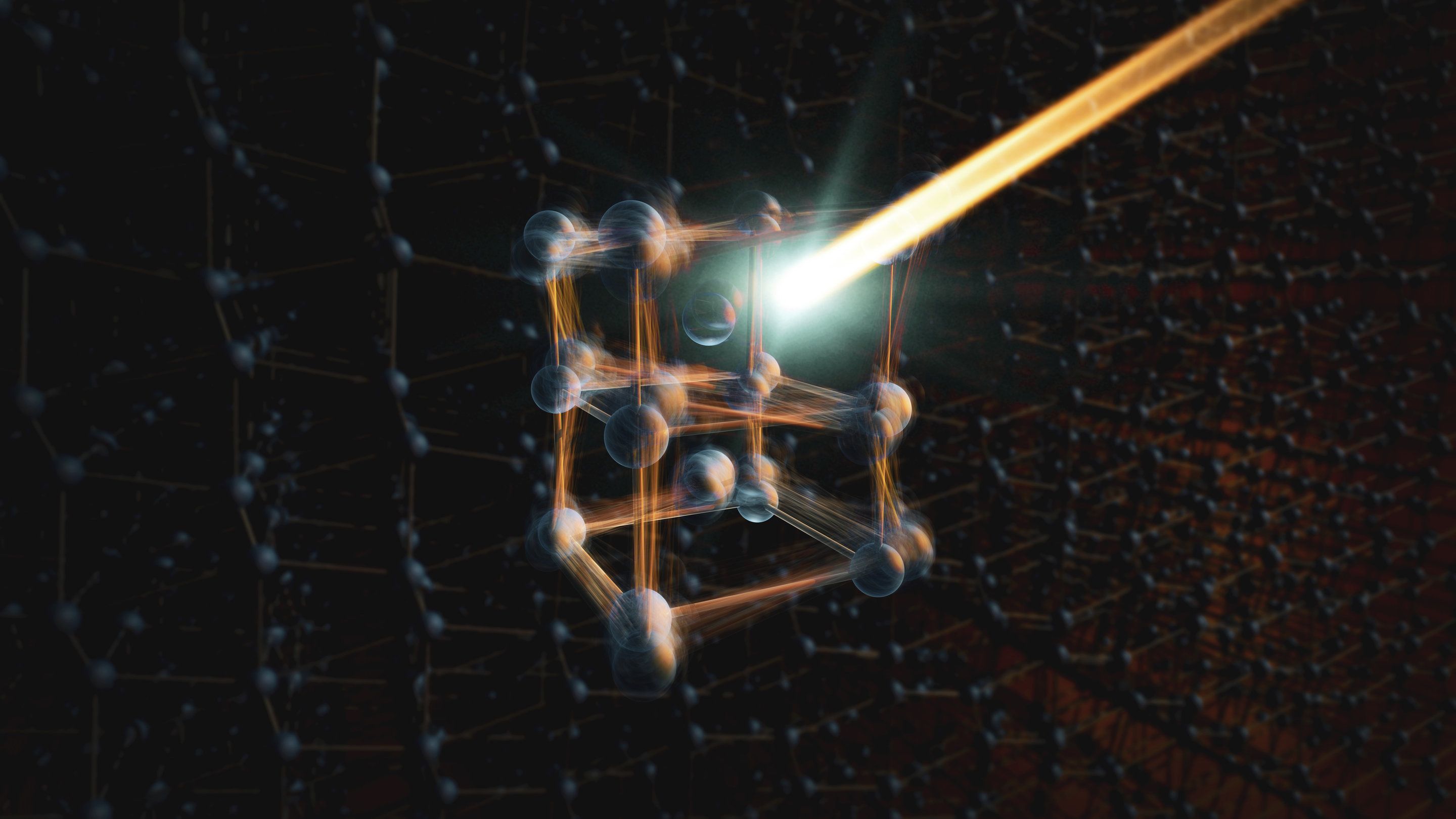Experiments suggest that exotic superconducting materials share a “strange metal” state characterized by a quantum speed limit that somehow acts as a fundamental organizing principle.



On Star Trek: The Next Generation, Commander Riker had an impressive ability to receive head wounds. Luckily for him, Dr. Crusher could whip out the “dermal regenerator,” a handheld sci-fi tool that healed skin wounds with a colorful laser.
In early tests, this laser-activated silk and gold material held wounds together better than stitches or glue.

As a cloud of gas collapses in on itself, swirling material shoots outward in opposite directions. These jets can travel hundreds of miles per second and spread light-years of space. And although jets are tell-tale signs of star formation, they are not fully understood. NASA’s James Webb Space Telescope will not only enable us to see through the dusty shroud that usually hides star birth, but to dissect the interactions between jets and the surrounding medium of gas and dust. Take a closer look: https://go.nasa.gov/2FDfJmy

Researchers at Idaho National Laboratory have discovered how to make “superalloys” even more super, extending useful life by thousands of hours. The discovery could improve materials performance for electrical generators and nuclear reactors. The key is to heat and cool the superalloy in a specific way. That creates a microstructure within the material that can withstand high heat more than six times longer than an untreated counterpart.

The next time you’re gazing out of the window in search of inspiration, keep in mind the material you’re looking through was forged inside the heart of an exploding ancient star.
An international team of scientists said Friday they had detected silica—the main component of glass—in the remnants of two distant supernovae billions of light years from Earth.
Researchers used NASA’s Spitzer Space Telescope to analyse the light emitted by the collapsing mega-cluster and obtain silica’s “fingerprint” based on the specific wavelength of light the material is known to emit.


“We did not expect to see such a dramatic improvement just by changing the morphology of the polymer,” said co-corresponding author Mircea Cotlet, a materials scientist in the CFN Soft and Bio Nanomaterials Group.
The scientists believe that there are two explanations behind their observations.
“At a certain polymer concentration, the nanowires have dimensions comparable to the wavelength of light,” said Li. “This size similarity has the effect of increasing light scattering and absorption. In addition, crystallization of P3HT molecules within the nanowires provides more charge carriers to transfer electricity to the graphene layer.”

Scientists are now closer than ever to being able to use graphene as a superconductor – to conduct electricity with zero resistance – making it useful for developing energy efficient gadgets, improving medical research, upgrading power grids, and much more besides.
The key to the new approach is heating a silicon carbide (SiC) crystal, itself a superconductor, until the silicon atoms have all evaporated. This leaves two graphene layers on top of each other in a way that, in certain conditions, offers no resistance to electrical current.
A similar dual-layer approach was also successfully used to turn graphene into a superconductor earlier this year. The difference here is the layers don’t have to be carefully angled on top of each other, which should make it easier to reproduce at scale.


‘’Until now, scientists assumed this all happened in a smooth, coordinated way. ‘’… silly scientists 🤔🙈🤦♂️.
Hitting a material with laser light sends vibrations rippling through its latticework of atoms, and at the same time can nudge the lattice into a new configuration with potentially useful properties – turning an insulator into a metal, for instance.
Until now, scientists assumed this all happened in a smooth, coordinated way. But two new studies show it doesn’t: When you look beyond the average response of atoms and vibrations to see what they do individually, the response, they found, is disorderly.
Atoms don’t move smoothly into their new positions, like band members marching down a field; they stagger around like partiers leaving a bar at closing time.